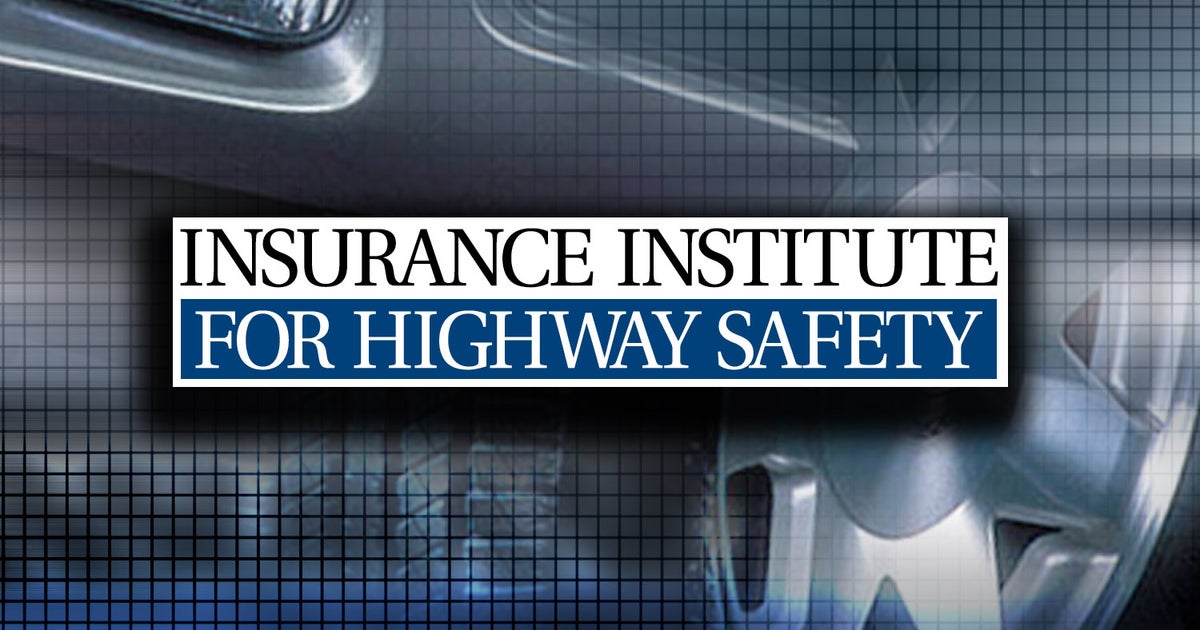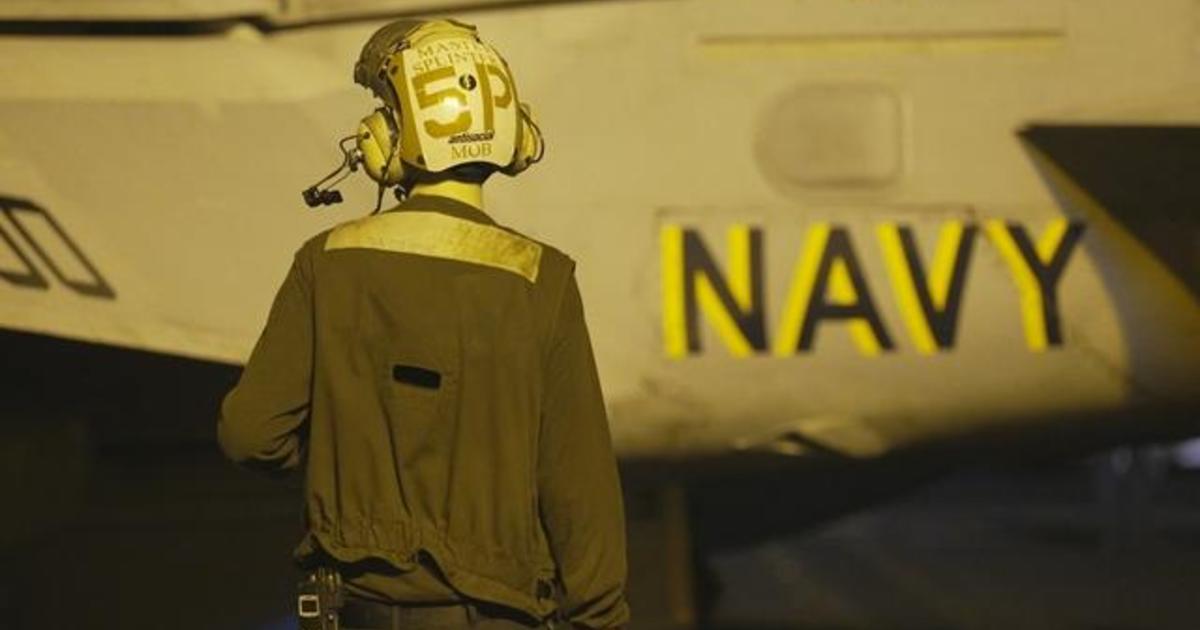When it comes to driving a safe SUV, size matters, but some larger models offer more protection than others, according to the Insurance Institute for Highway Safety, or IIHS.
Case in point: The Jeep Wagoneer is the only one of three popular large SUVs to qualify for a 2024 Top Safety Pick award, which is one step below its highest ranking, the IIHS said Thursday in releasing new ratings.
The Chevrolet Tahoe and Ford Expedition, also top sellers, fell short for reasons including poor performance in the small-overlap frontal crash test, the Arlington, Virginia-based nonprofit said. More than 90 percent of new models have passed the evaluation with good ratings since 2021, IIHS noted.
All three vehicles are designed to transport people and to tow boats and RVs, but none offer good protection for rear-seat passengers, an issue that kept the Wagoneer from earning the top-tier Top Safety Pick+ award.
“The sheer mass of these large SUVs provides additional protection in crashes with smaller vehicles, but that also means they present more danger to other road users,” said IIHS President, David Harkey, in a statement. “The flip side of their large size is that there's a lot more force to handle when they hit a fixed obstacle like a tree or a bridge abutment or the barrier we use in our frontal crash tests.”
Good rating
The Wagoneer did a good job of maintaining survivable space for the driver and front passenger in the small overlap evaluation. It performed slightly worse in the driver's side test: Slight footwell intrusion carried a modest risk of injury to the driver's left foot and ankle, IIHS found. In both driver-side and passenger-side tests, front and side curtain airbags prevented the dummies' heads from impacting rigid vehicle structures.
“This recognition validates the dedication of our engineers, who integrated state-of-the-art technology into every aspect of the Wagoneer's design,” Bill Peffer, senior vice president of Jeep North America, said in a statement to CBS News. “The combination of a robust body structure and a comprehensive suite of more than 120 available standard and advanced safety features helps create a safe environment for drivers and passengers.”
Acceptable rating
The Tahoe maintained adequate driver survival space, but a substantial risk of leg injury. Performance was worse in the passenger-side test, with the IIHS finding a high risk of injury to the right foot and a moderate risk of injury to the passenger's left leg.
“We are confident in the safety of the Chevrolet Tahoe, which earned a 4-star overall safety rating from NHTSA's Comprehensive New Car Assessment Program,” General Motors spokesman Bill Grotz said in a statement to CBS News. “We value IIHS consumer metric ratings and will look to incorporate these latest findings into our new vehicle designs.”
Marginal valuation
The Expedition did not perform well in either side's tests. In the driver's side test, the steering column partially separated from the instrument panel, and in both tests the A-pillar separated from the rocker panel. Excessive footwell intrusion contributed to a high risk of injury to the driver's right leg and a moderate risk to the left. The IIHS found that foot intrusion was also seen in the passenger side test to a lesser degree.
The vehicles received mixed ratings in other tests, including pedestrian crash prevention. The Expedition and Wagoneer's front crash prevention systems received good marks, while the Tahoe received a Marginal rating.
A Ford spokesperson provided CBS News with the following statement:
“Overall: The 2023 and 2024 Expedition meets or exceeds National Highway Traffic Safety Administration (NHTSA) regulatory requirements and is the only vehicle in the segment to achieve a five-star overall rating in the Evaluation Program of new cars (NCAP) from the NHTSA.
“For a small overlap: Expedition is carefully designed to provide excellent protection for its own occupants and protection for the occupants of other vehicles in multi-vehicle crashes, which were not replicated by the rigid overlap barrier test IIHS small.Designing Expedition weight class SUVs to perform better in the small overlap rigid barrier test could increase injuries to occupants of lighter vehicles involved in a crash.
“For Moderate Overlap: The IIHS recently changed its moderate-overlap test procedure for the second row, but Expedition received a 'Good' rating in the previous moderate-overlap test. We're still working to continuously improve and take third-party feedback into account in vehicle development.”




